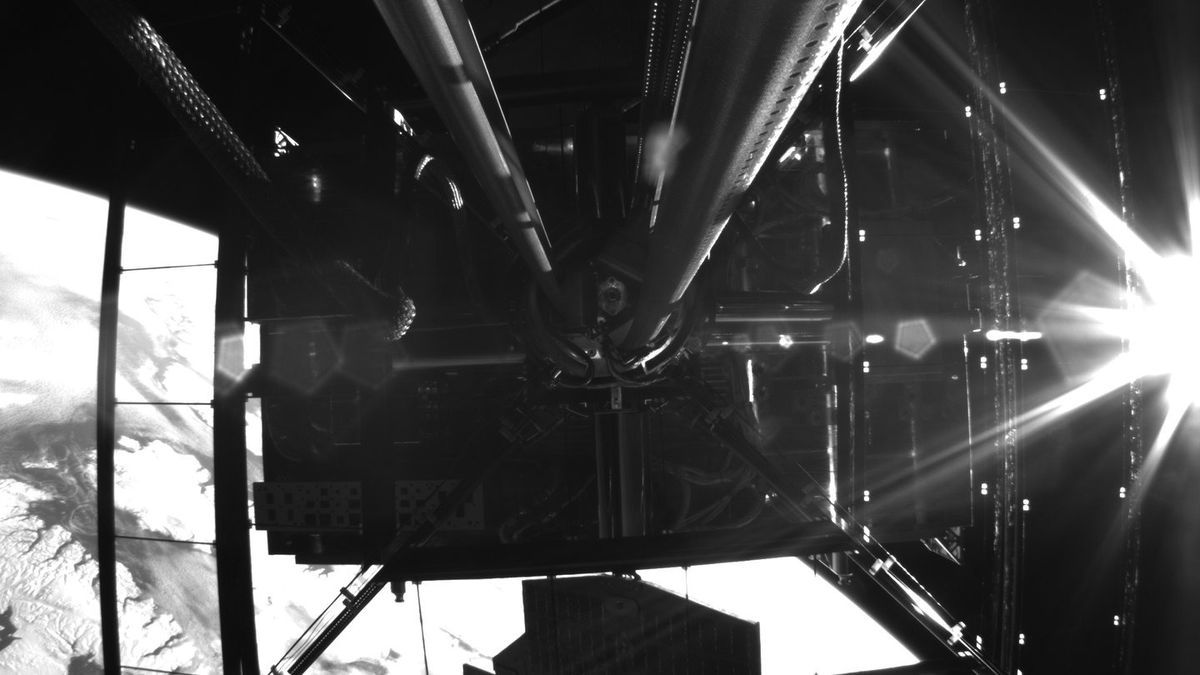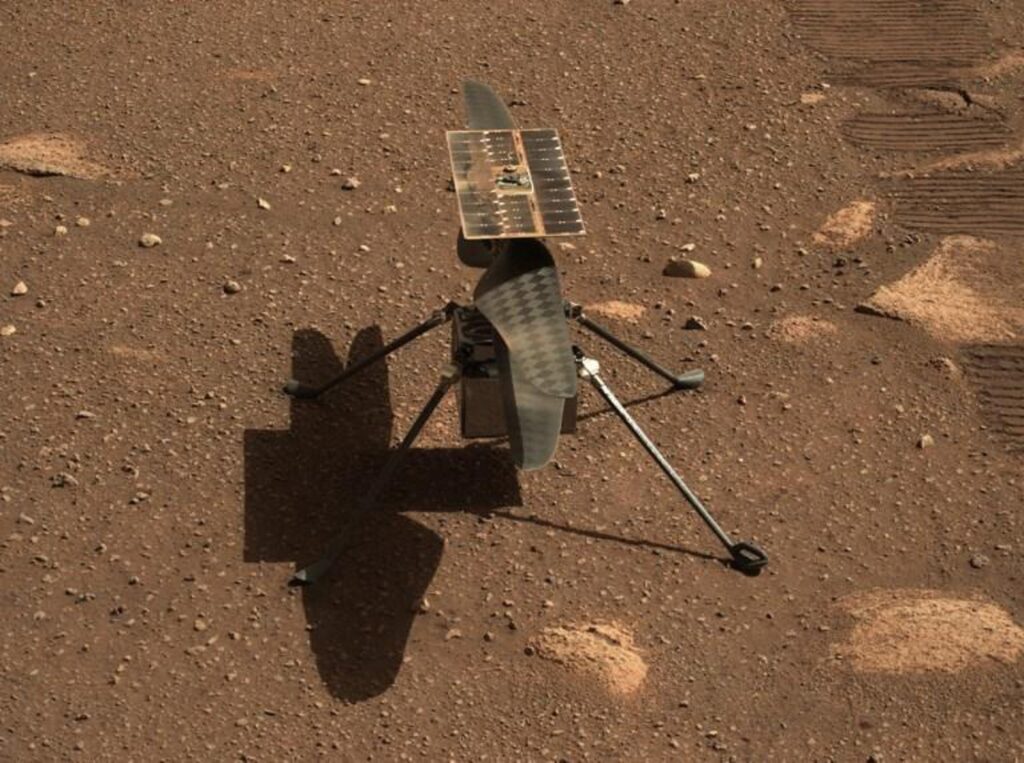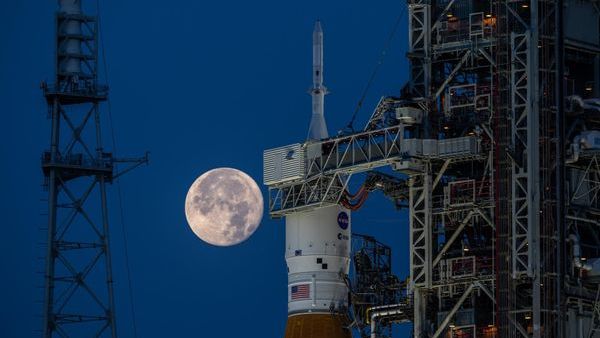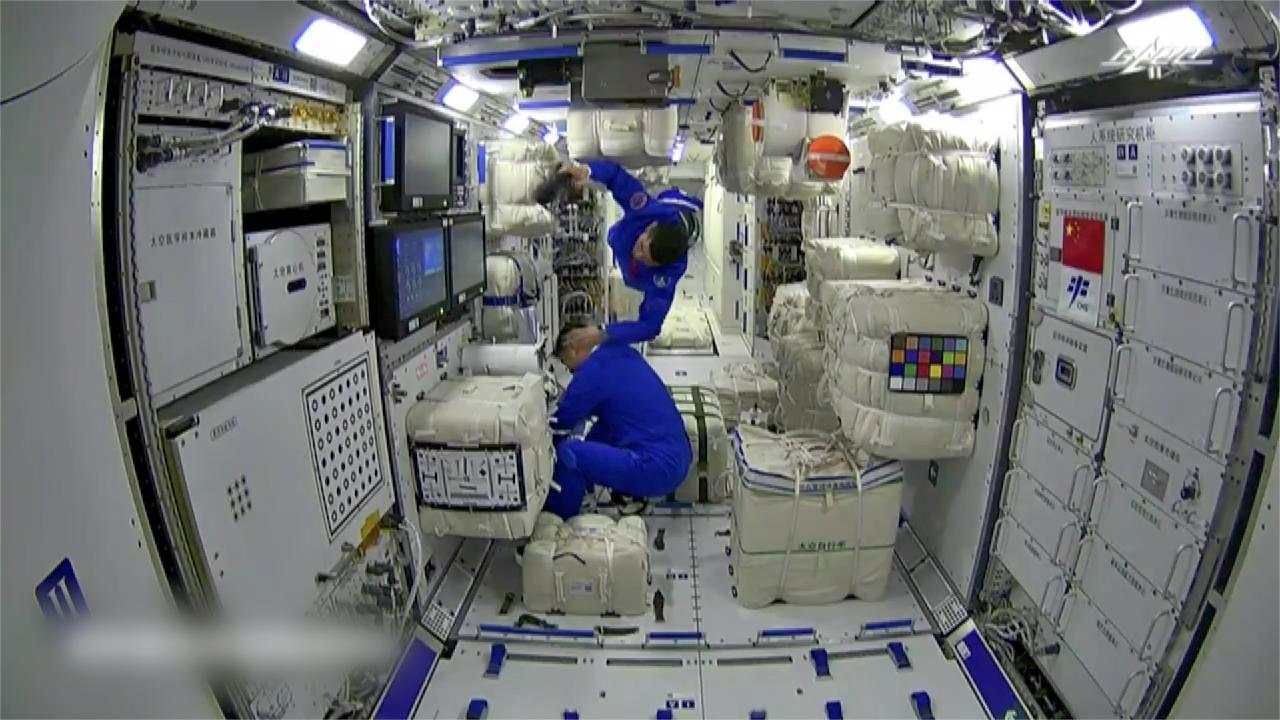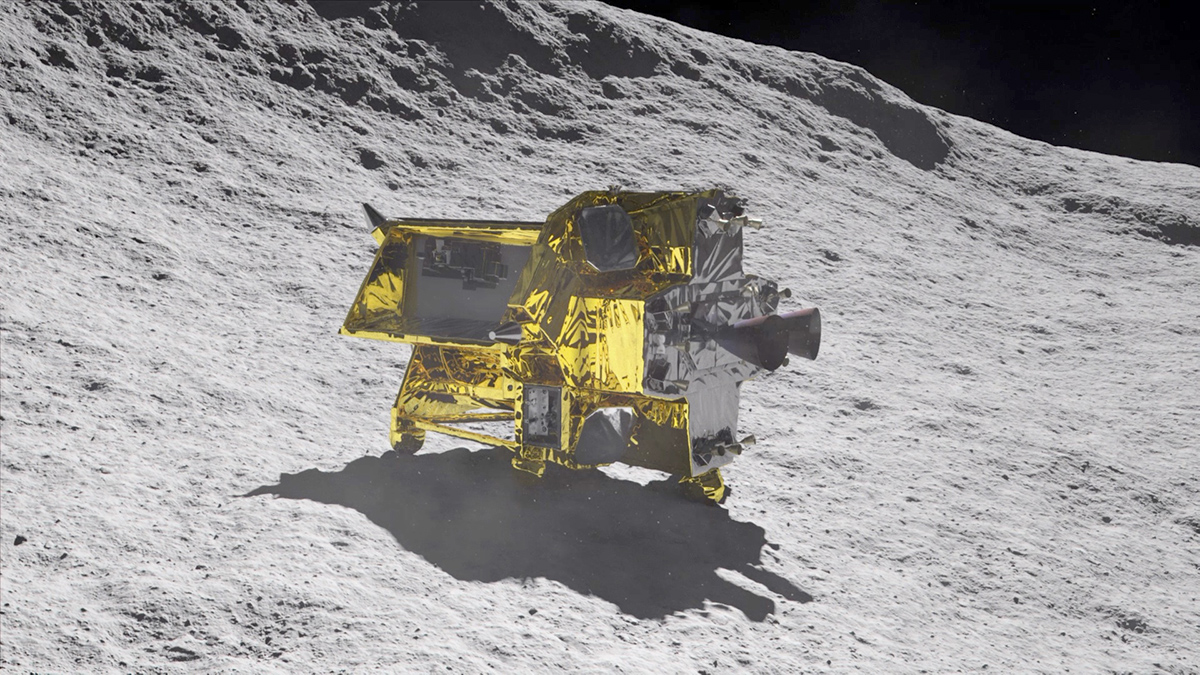After the California Institute of Technology’s Space Solar Power Demonstrator (SSPD-1) stalled during the Deployable On-Orbit Ultralight Composite Experiment’s unfurling, engineers had to rescue it.
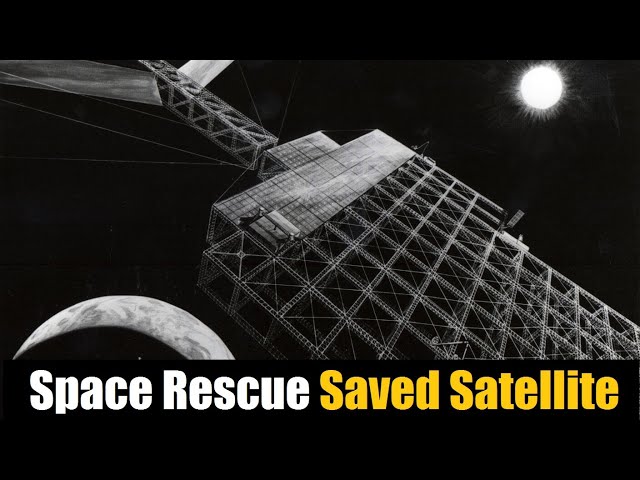
DOLCE Satellite Triumphs Over Wire Snag in Caltech’s Solar Power Demonstrator Mission
Wire entanglement damaged the modular spacecraft experiment’s satellite boom-structure connection. In a new video, the team carefully untangles the wire to let DOLCE deploy. Solar Power Demonstrator satellites demonstrate modular satellite deployment in space for future scientific research.
DOLCE had obstacles throughout its deployment to demonstrate modular satellite deployment. The deployment mechanism was structurally jammed by the wire snag, which was not seen in lab testing. DOLCE camera images were used by engineers to mimic lab jams and find a solution.
The actuators vibrated the satellite structure to unfold the jam and enable deployment. Caltech professor Sergio Pellegrino, who leads the project, said the experience has been valuable and focused on modular structures and diagonal booms despite the challenges.
READ ALSO: All-European SpaceX Ax-3 Astronauts Double ISS Nationalities in Historic Docking
Overcoming Space Challenges and Paving the Way for Affordable Solar Power
New methods to offset self-weight in ultralight deployable structures have been developed during troubleshooting, making future satellites more resilient.
Despite deployment issues, the SSPD-1 satellite collected solar energy for 240 days. It used three novel solar cells untested in space. To lower solar power costs, these cells will be mass-produced. Radiation and microgravity resilience make space-designed cells 100 times more expensive than Earth-designed ones.
SSPD‘s long-term goal is to transmit solar electricity from space, but the demonstration evaluated different solar cell types for future iterations. The satellite completed its mission despite deployment difficulties, demonstrating space technology’s tenacity and adaptability.
